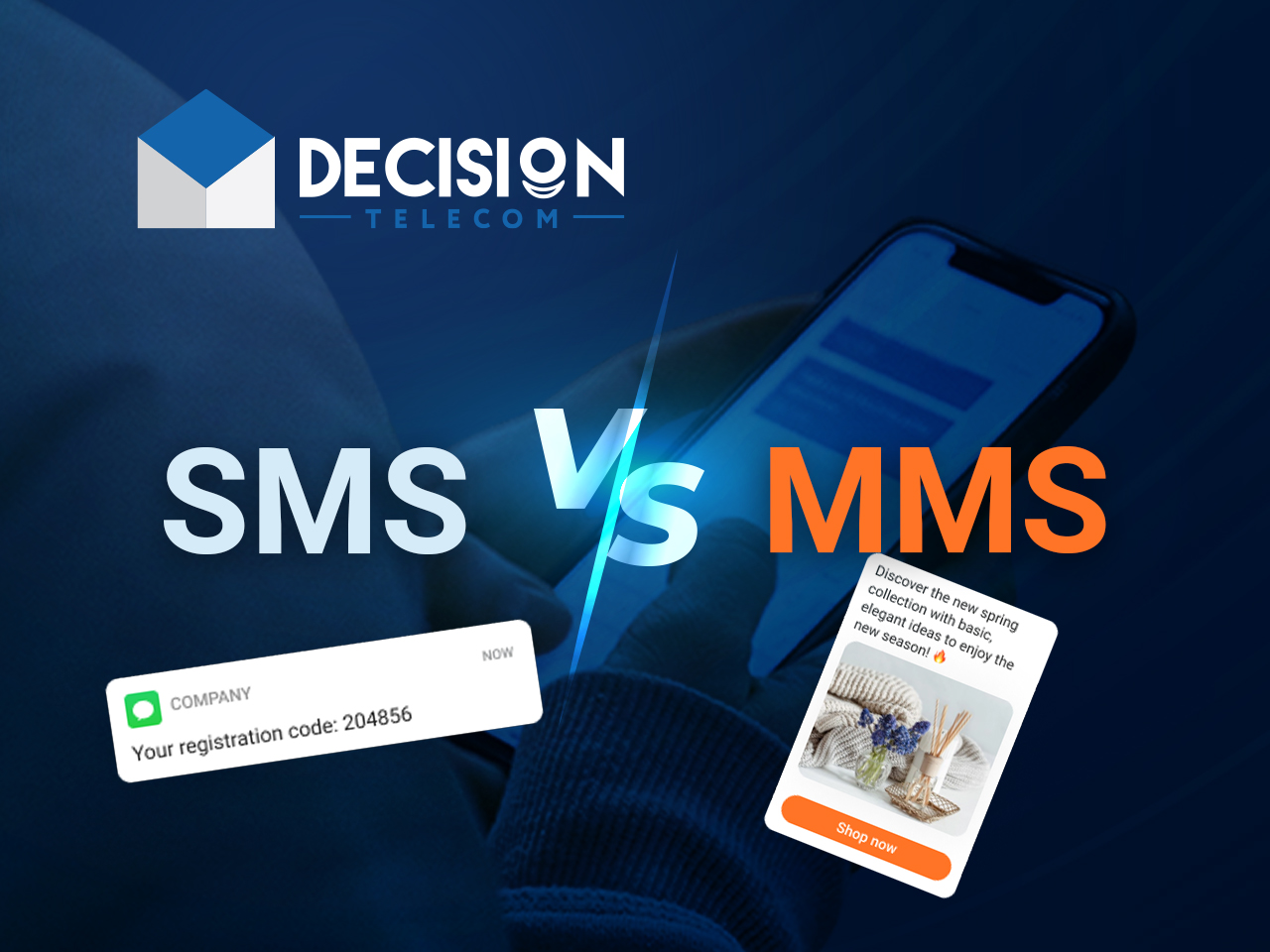MMS videos have become an integral part of communication in the digital age, allowing users to share rich media content seamlessly. From the early days of mobile messaging to the sophisticated applications we use today, MMS videos have transformed the way we connect and interact with one another. In this article, we will delve into the evolution of MMS videos, their significance in modern communication, and how they continue to shape our interactions.
As mobile technology advanced, the capabilities of multimedia messaging expanded dramatically. Initially, MMS (Multimedia Messaging Service) was introduced as a way to send images and audio files, but it quickly evolved to include videos, enabling users to share moments in a more engaging manner. Today, MMS videos are not just a form of communication; they represent a cultural shift in how we express ourselves and share experiences.
In this comprehensive guide, we will explore various aspects of MMS videos, including their technical specifications, platforms where they thrive, and the psychological impact they have on users. By the end of this article, you will gain a deeper understanding of MMS videos and their role in enhancing our digital interactions.
Table of Contents
- What is MMS?
- History of MMS Videos
- Technical Specifications of MMS Videos
- Popular Platforms for Sharing MMS Videos
- Psychological Impact of MMS Videos
- Best Practices for Creating MMS Videos
- The Future of MMS Videos
- Conclusion
What is MMS?
MMS, or Multimedia Messaging Service, is an extension of the SMS (Short Message Service) that allows users to send multimedia content such as images, audio, and video files. It was first introduced in the early 2000s to overcome the limitations of SMS, which only allowed the transmission of text-based messages up to 160 characters. MMS enables a richer communication experience, facilitating the sharing of visual and auditory content.
History of MMS Videos
The history of MMS videos dates back to the early 2000s when mobile phones began to incorporate cameras and multimedia capabilities. The following timeline highlights significant milestones in the evolution of MMS videos:
- 2002: The introduction of MMS by mobile carriers, allowing users to send pictures and audio clips.
- 2005: The expansion of MMS to include video sharing, enabling users to send short video clips.
- 2010: The rise of smartphones with advanced cameras and video capabilities, leading to an increase in MMS video sharing.
- 2015: The integration of social media platforms with MMS, allowing users to share videos across various channels.
Technical Specifications of MMS Videos
MMS videos have specific technical specifications that govern their creation and transmission. Understanding these specifications is essential for both users and content creators:
1. File Size Limitations
The maximum file size for MMS videos typically ranges from 300 KB to 600 KB, depending on the mobile carrier. This limitation encourages users to create concise and engaging content.
2. Video Formats
MMS supports various video formats, including:
- 3GP
- MP4
- AVI
3. Duration Limits
MMS videos are usually limited to a duration of 30 seconds to 1 minute. This encourages users to capture brief, impactful moments.
Popular Platforms for Sharing MMS Videos
While MMS videos are primarily shared through mobile carriers, several platforms have emerged that enhance the sharing experience:
- WhatsApp: A popular messaging app that allows users to send MMS videos with ease.
- Facebook Messenger: Facilitates sharing of MMS videos within the social media ecosystem.
- Instagram: A visual platform where users can share MMS videos in stories and posts.
Psychological Impact of MMS Videos
The use of MMS videos has significant psychological implications for users:
1. Enhanced Emotional Connection
MMS videos foster a deeper emotional connection between individuals, as visual content often resonates more strongly than text.
2. Increased Engagement
Studies have shown that users are more likely to engage with multimedia content compared to text-based messages, leading to higher interaction rates.
3. Instant Gratification
The ability to share moments in real-time provides users with a sense of instant gratification, reinforcing the desire to communicate through MMS videos.
Best Practices for Creating MMS Videos
For those looking to create impactful MMS videos, consider the following best practices:
- Keep it short and engaging, ideally under 30 seconds.
- Use high-quality visuals and sound to enhance the viewing experience.
- Incorporate captions or text overlays for clarity.
- Focus on storytelling to create a connection with your audience.
The Future of MMS Videos
The future of MMS videos looks promising with the continuous advancements in mobile technology and communication platforms. Key trends to watch include:
- Increased integration with social media platforms.
- The emergence of augmented reality (AR) and virtual reality (VR) in MMS content.
- Enhanced video editing capabilities within messaging apps.
Conclusion
In conclusion, MMS videos have revolutionized the way we communicate, allowing for richer and more engaging interactions. As technology continues to evolve, the significance of MMS videos will only grow, shaping the future of digital communication. We encourage you to explore the world of MMS videos and share your experiences in the comments below. If you found this article informative, don't hesitate to share it with your friends and explore more content on our site.
Thank you for reading! We invite you to return for more insightful articles that enhance your understanding of multimedia communication.
Does Rafe Become Good In Outer Banks?
Understanding Elegant DTI: A Comprehensive Guide
Vagamovie NL: Your Ultimate Guide To Movies And Entertainment

/what-is-sms-mms-iphone-2000247-Final-5c38a50846e0fb0001673a66.png)
